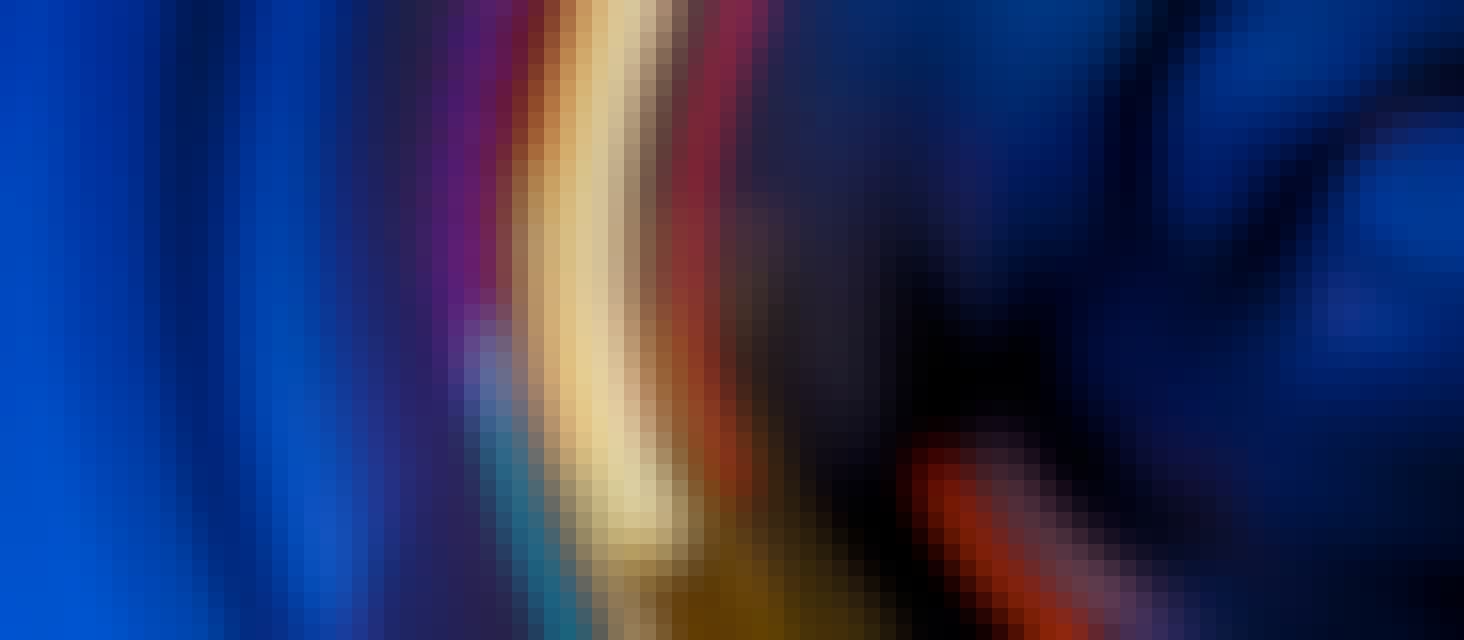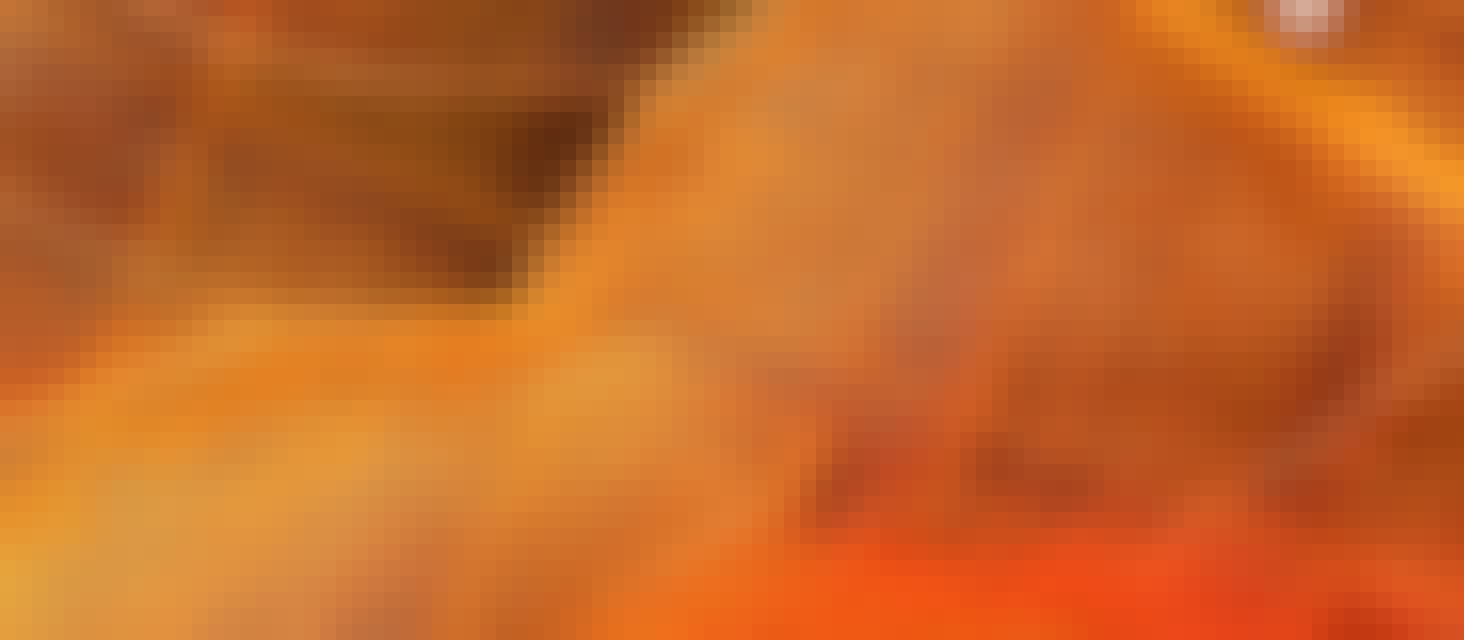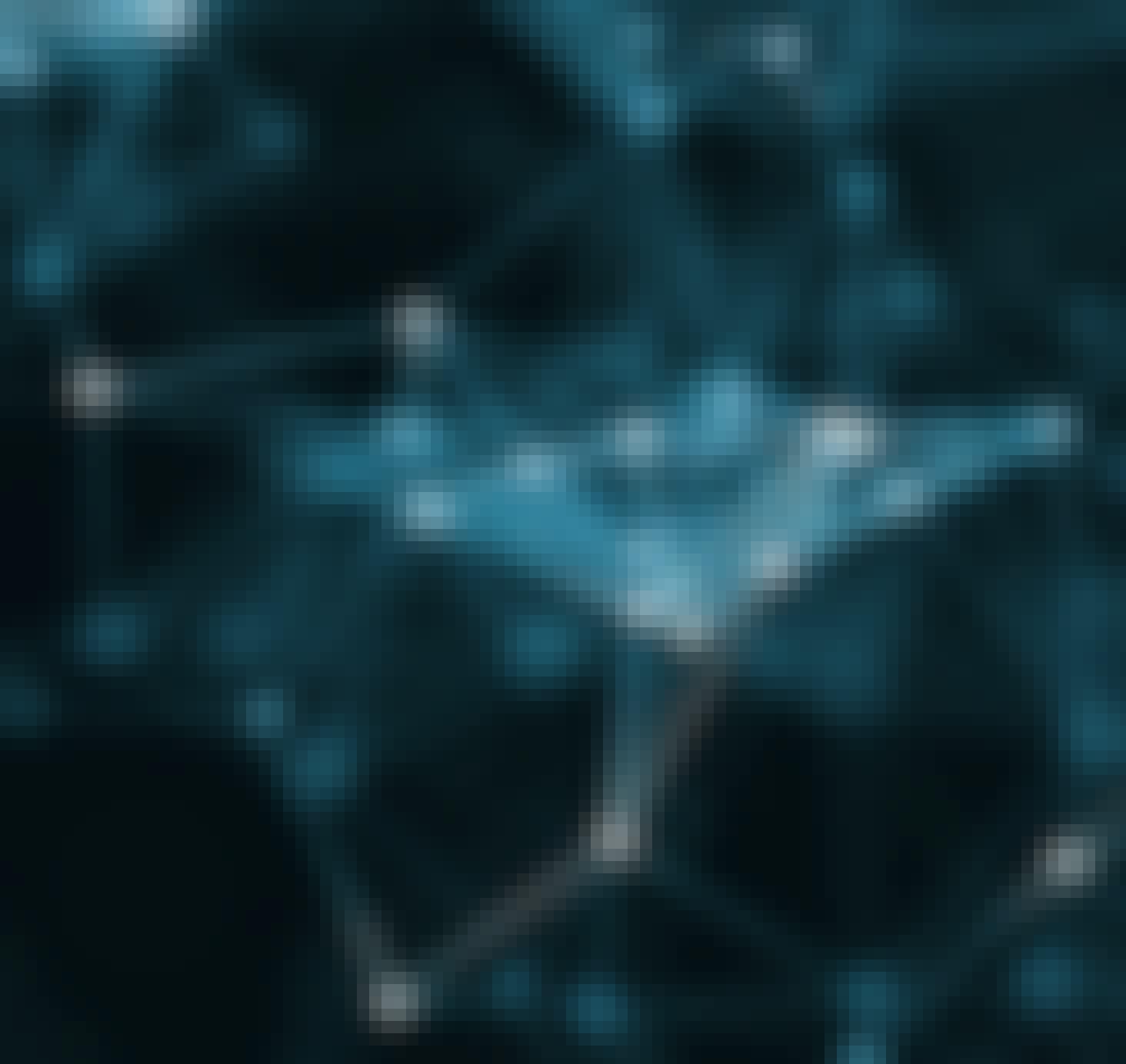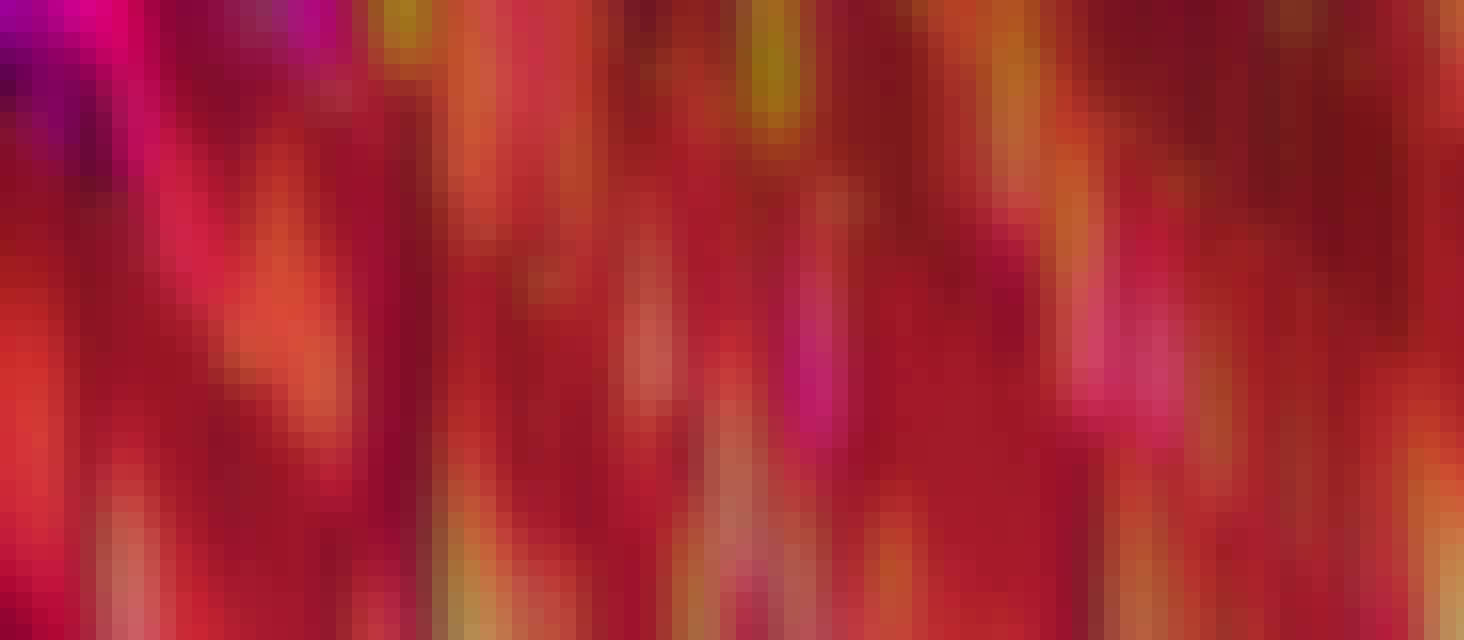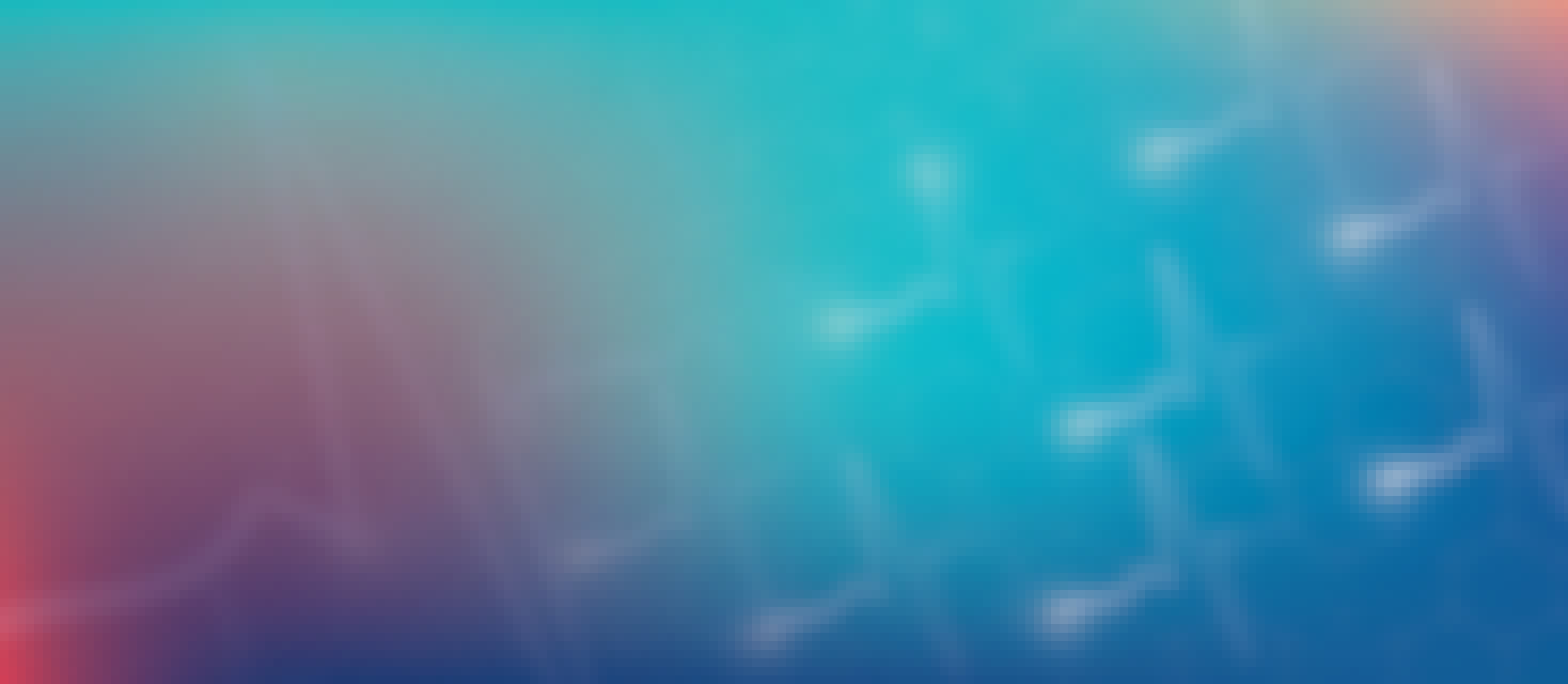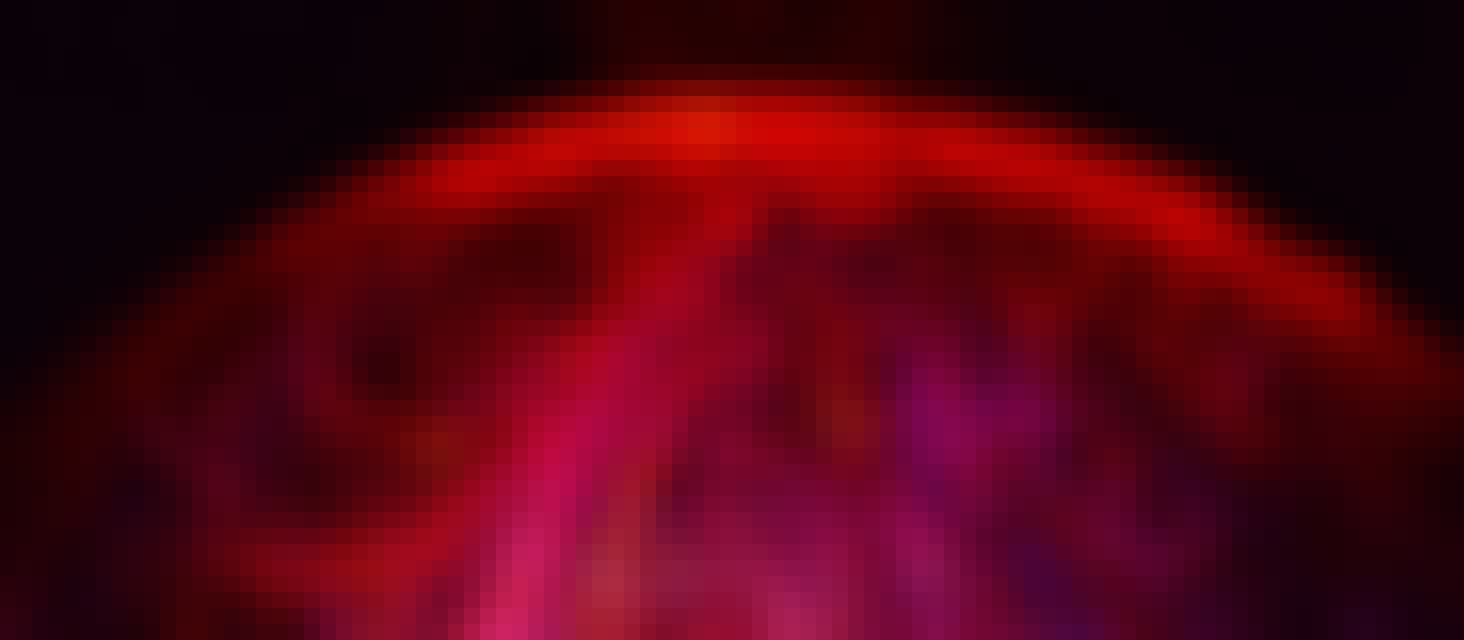- Browse
- Iot
IoT Courses
IoT courses can help you learn about device connectivity, data collection, and network protocols, along with security measures and cloud integration. You can build skills in sensor data analysis, real-time monitoring, and automation techniques. Many courses introduce tools like MQTT for messaging, Arduino for hardware projects, and platforms such as AWS IoT for managing devices and data. By engaging with these topics and tools, you can gain practical experience in developing and deploying IoT solutions.
Popular IoT Courses and Certifications
 Status: Free TrialFree TrialU
Status: Free TrialFree TrialUUniversity of California, Irvine
Skills you'll gain: Test Planning, Embedded Systems, Linux, Internet Of Things, Embedded Software, Basic Electrical Systems, Automation Engineering, Electronics, Functional Requirement, Operating System Administration, Electronic Components, Systems Design, Operating Systems, Network Protocols, Control Systems, Debugging, Electronic Hardware, Application Programming Interface (API), TCP/IP, Python Programming
4.7·Rating, 4.7 out of 5 stars20K reviewsBeginner · Specialization · 3 - 6 Months
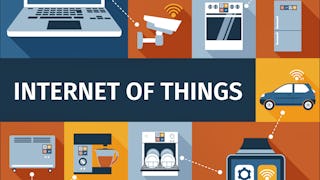 Status: Free TrialFree TrialU
Status: Free TrialFree TrialUUniversity of California, Irvine
Skills you'll gain: Embedded Systems, Internet Of Things, Embedded Software, Network Protocols, Wireless Networks, Computer Hardware, Network Architecture, System Software
4.7·Rating, 4.7 out of 5 stars13K reviewsMixed · Course · 1 - 4 Weeks
 Status: Free TrialFree TrialU
Status: Free TrialFree TrialUUniversity of Illinois Urbana-Champaign
Skills you'll gain: Internet Of Things, Network Infrastructure, Network Routers, General Networking, Embedded Software, Network Switches, Network Protocols, Network Architecture, Wireless Networks, Local Area Networks, Infrastructure Security, Wide Area Networks, Virtual Local Area Network (VLAN), Data Science, Telecommunications, Embedded Systems, Communication Systems, Distributed Computing, Python Programming, Machine Learning
4.7·Rating, 4.7 out of 5 stars613 reviewsIntermediate · Specialization · 3 - 6 Months
 Status: Free TrialFree Trial
Status: Free TrialFree TrialSkills you'll gain: Cloud Computing Architecture, Wireless Networks, Cloud Computing, Internet Of Things, Cloud Platforms, Local Area Networks, Emerging Technologies, Network Architecture, Telecommunications, Amazon Web Services, Infrastructure As A Service (IaaS), Software As A Service, Hardware Architecture, Network Protocols, Amazon Elastic Compute Cloud
4.6·Rating, 4.6 out of 5 stars1.3K reviewsBeginner · Course · 1 - 3 Months
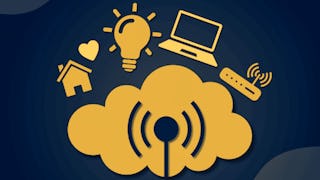 Status: PreviewPreviewI
Status: PreviewPreviewIIIT Bombay
Skills you'll gain: Internet Of Things, Network Protocols, Wireless Networks, Emerging Technologies, Data Analysis, Communication Systems, Scikit Learn (Machine Learning Library), Regression Analysis, Systems Architecture, Pandas (Python Package), Unsupervised Learning
4.6·Rating, 4.6 out of 5 stars75 reviewsIntermediate · Course · 1 - 4 Weeks
 Status: Free TrialFree TrialU
Status: Free TrialFree TrialUUniversity of Michigan
Skills you'll gain: Internet Of Things, Manufacturing Operations, Digital Transformation, Business Technologies, Business Transformation, Cloud Computing, Automation, Operational Efficiency, Emerging Technologies, System Implementation, Technology Strategies, Real Time Data, Value Propositions, Data-Driven Decision-Making, Case Studies, Cybersecurity, Scalability
Build toward a degree
4.5·Rating, 4.5 out of 5 stars205 reviewsBeginner · Course · 1 - 4 Weeks
What brings you to Coursera today?
 Status: PreviewPreviewE
Status: PreviewPreviewEEDUCBA
Skills you'll gain: Internet Of Things, Big Data, Wireless Networks, Predictive Analytics, Applied Machine Learning, Data-Driven Decision-Making, Environmental Monitoring, Sustainable Technologies, Machine Controls, Real Time Data, Automation, Data Analysis, Data Collection
4.6·Rating, 4.6 out of 5 stars223 reviewsBeginner · Course · 1 - 4 Weeks
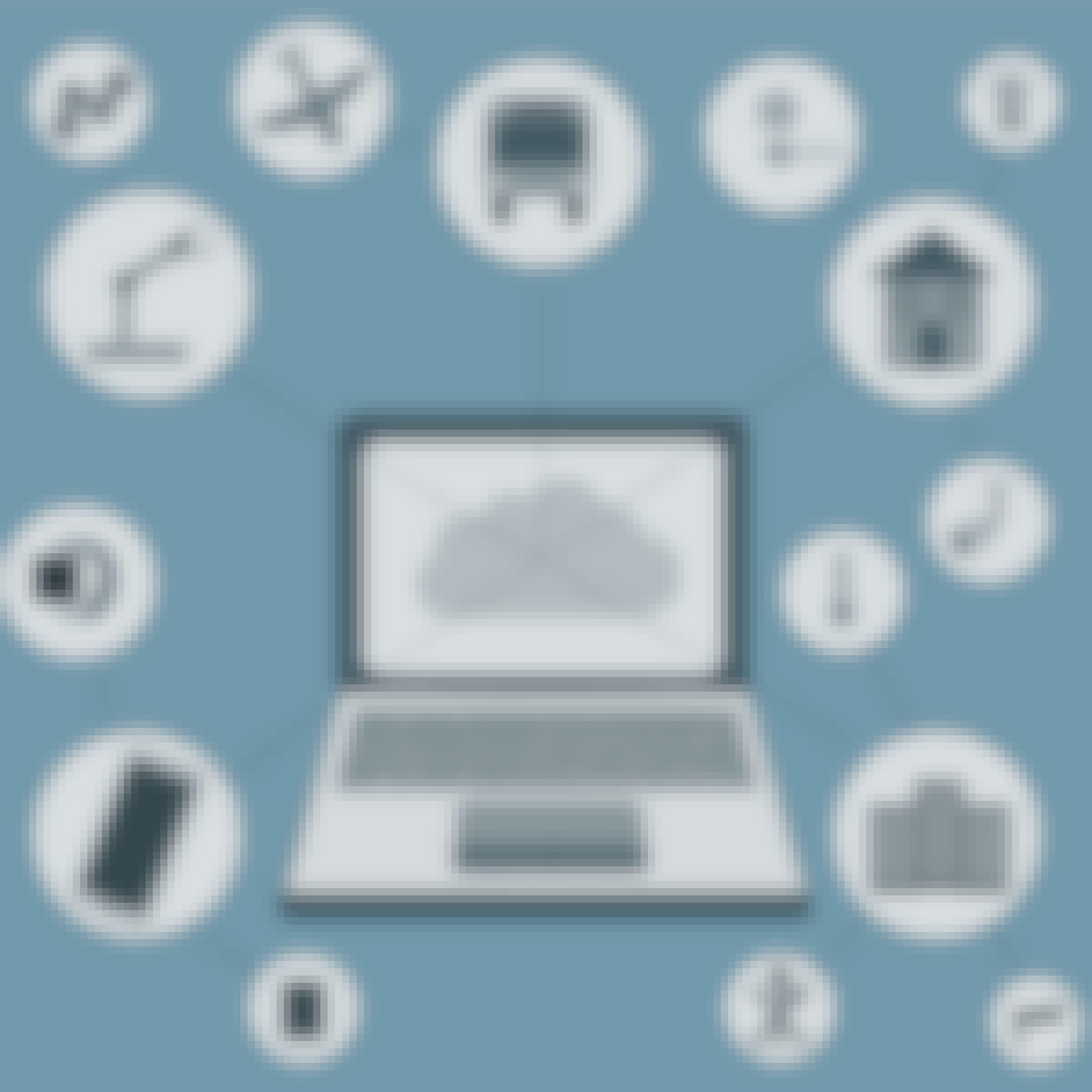 Status: Free TrialFree TrialU
Status: Free TrialFree TrialUUniversity of Illinois Urbana-Champaign
Skills you'll gain: Internet Of Things, Embedded Software, Wireless Networks, Network Protocols, Infrastructure Security, Data Science, Embedded Systems, General Networking, Network Planning And Design, Big Data, Amazon Web Services, Cloud Platforms, Computer Hardware
4.7·Rating, 4.7 out of 5 stars521 reviewsIntermediate · Course · 1 - 4 Weeks
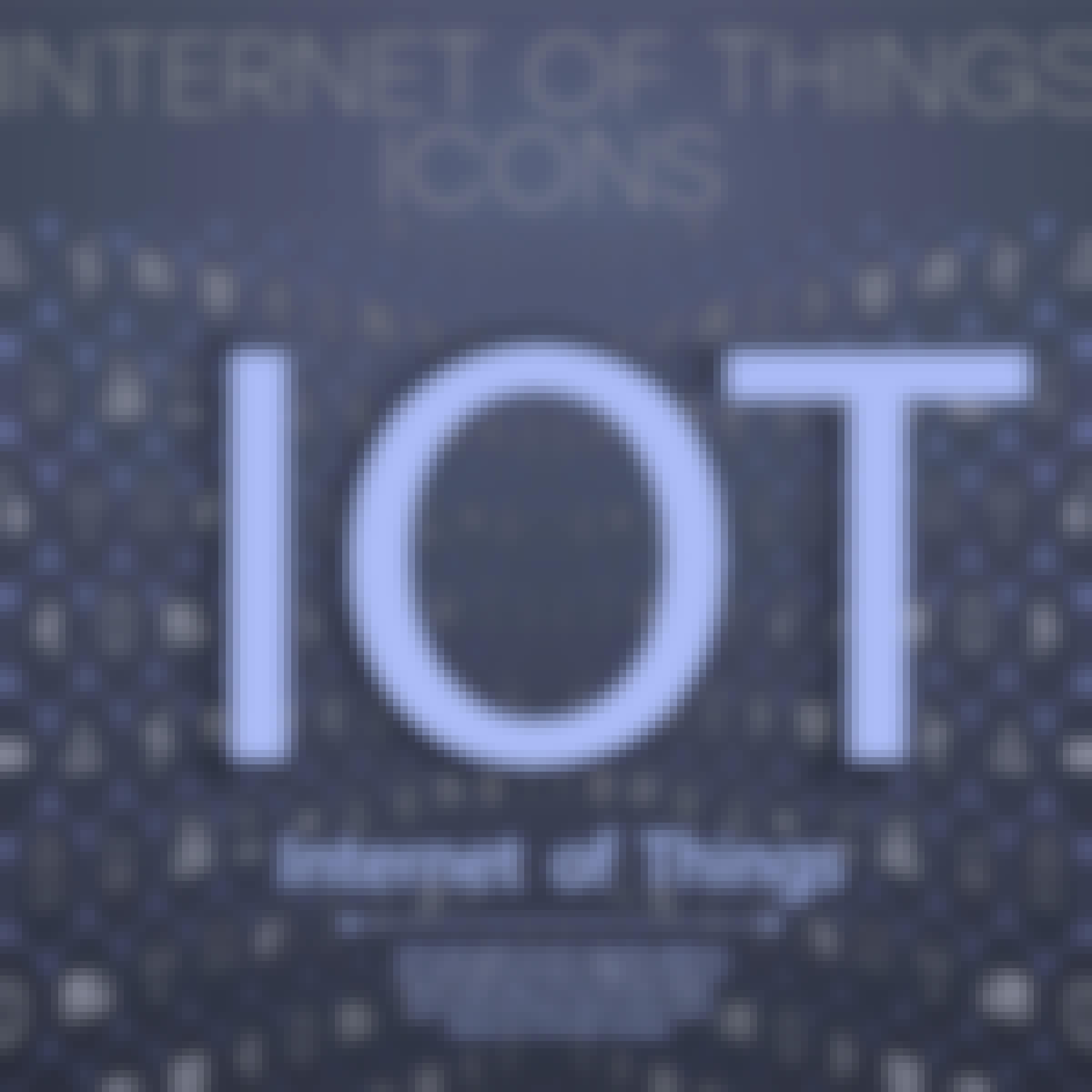 Status: PreviewPreviewP
Status: PreviewPreviewPPohang University of Science and Technology(POSTECH)
Skills you'll gain: Internet Of Things, Wireless Networks, General Networking, Emerging Technologies, Embedded Software, Communication Systems, Electronic Hardware, Embedded Systems, Information Technology Architecture, Computer Programming Tools, Python Programming, Problem Solving
4.6·Rating, 4.6 out of 5 stars1.8K reviewsBeginner · Course · 1 - 3 Months
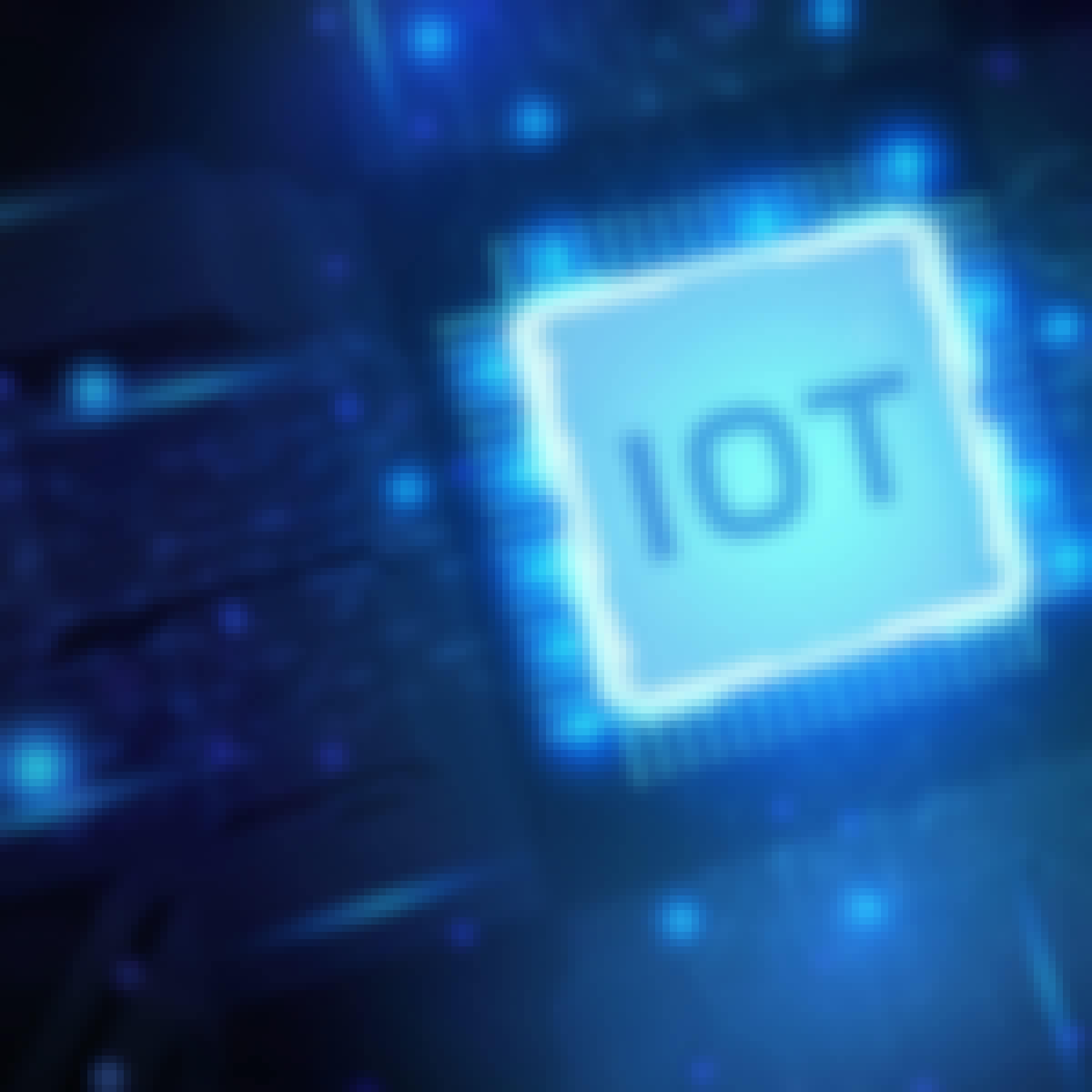 E
EEIT Digital
Skills you'll gain: Real-Time Operating Systems, Embedded Systems, Threat Modeling, Systems Architecture, Debugging, Computer Architecture, Hardware Architecture, System Programming, Internet Of Things, Application Security, General Networking, Wireless Networks, Operating Systems, Performance Tuning, Linux, Microsoft Windows
4.4·Rating, 4.4 out of 5 stars345 reviewsIntermediate · Course · 1 - 3 Months
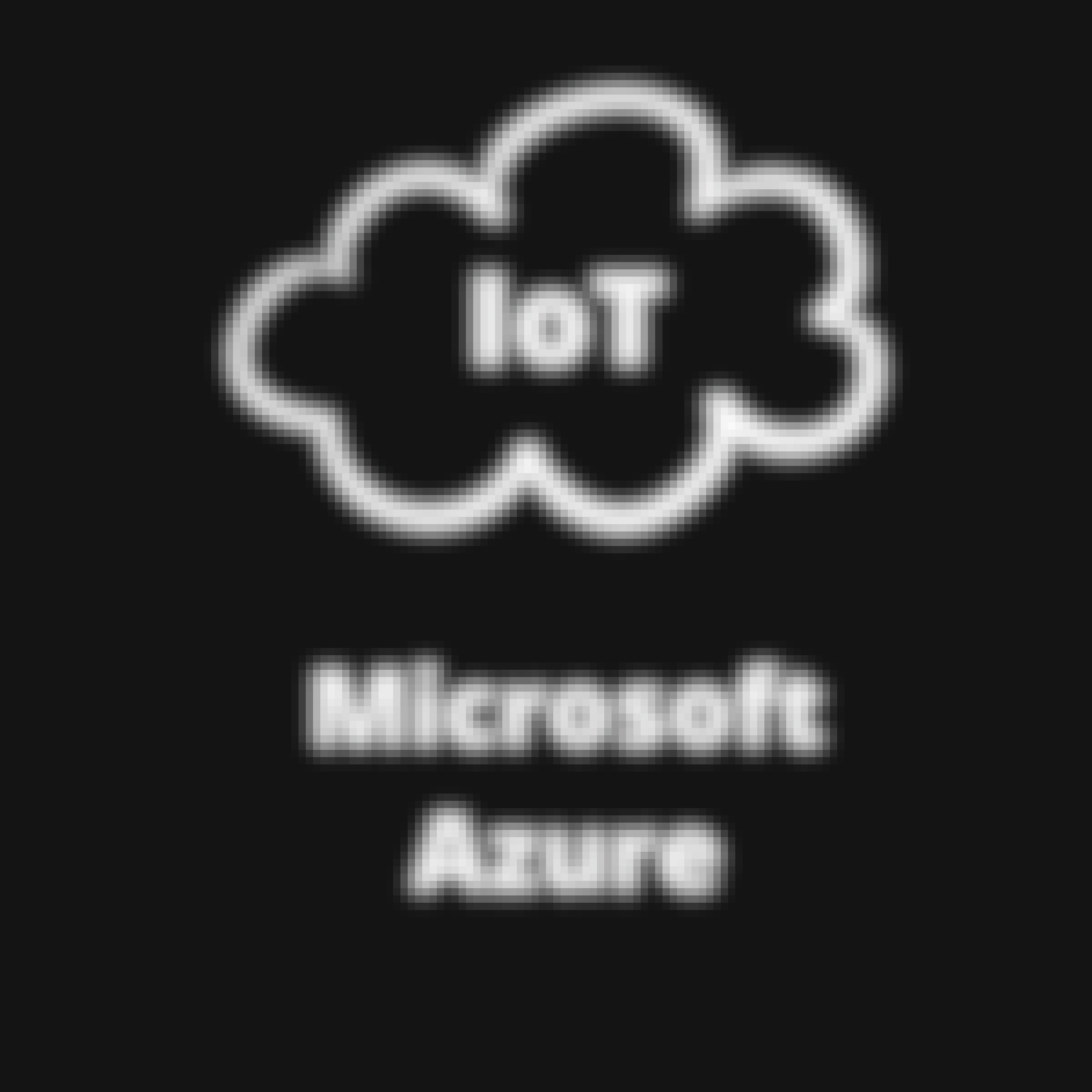 C
CCoursera
Skills you'll gain: Microsoft Azure, Data Visualization, Microsoft Excel, Internet Of Things, Cloud Storage, Data Storage Technologies, Data Analysis Software, Data Import/Export, Data Pipelines
4.5·Rating, 4.5 out of 5 stars83 reviewsBeginner · Guided Project · Less Than 2 Hours
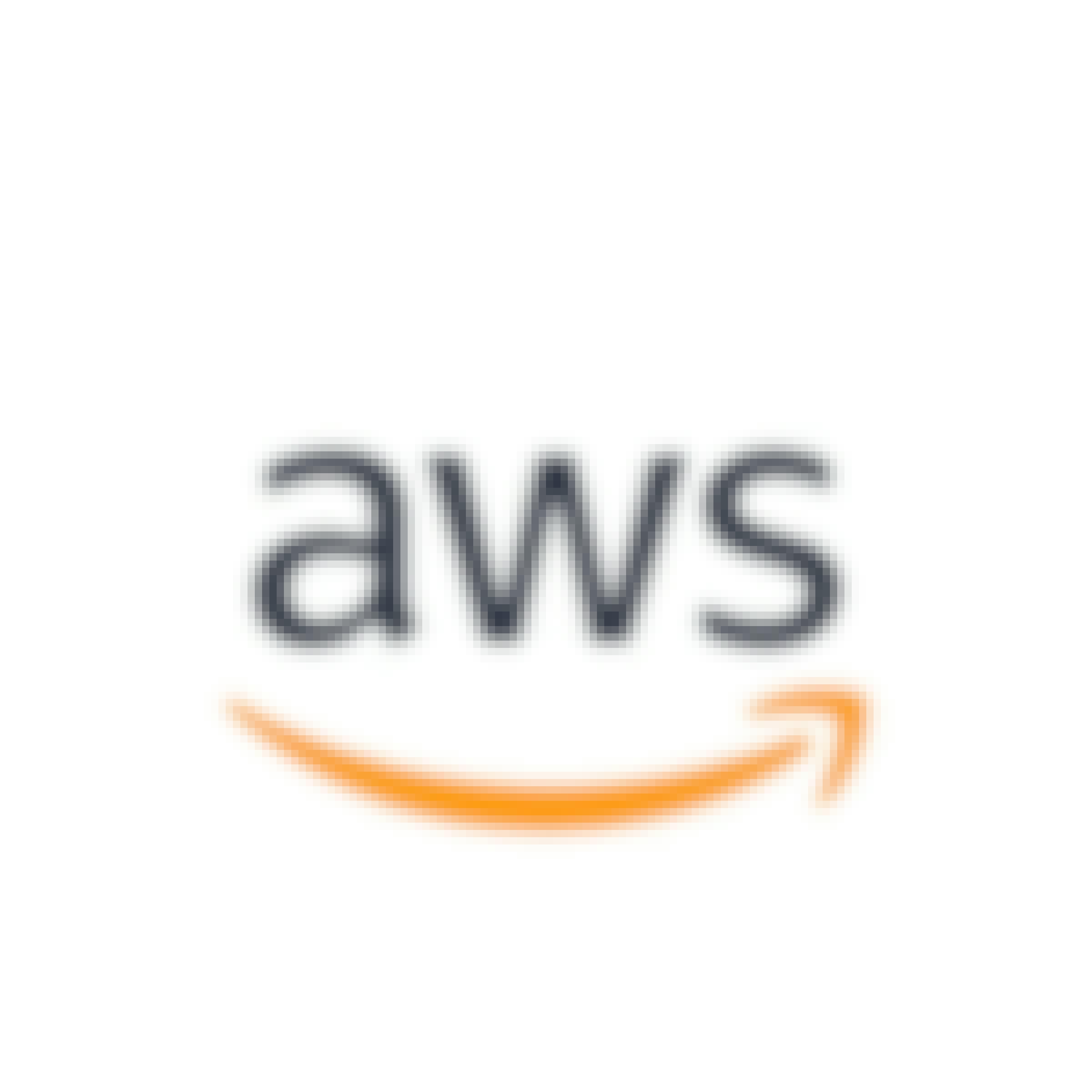 Status: FreeFreeA
Status: FreeFreeAAmazon Web Services
Skills you'll gain: Internet Of Things, Amazon Web Services, Cloud Hosting, Cloud Security, Real Time Data
4.5·Rating, 4.5 out of 5 stars13 reviewsBeginner · Course · 1 - 4 Weeks
In summary, here are 10 of our most popular iot courses
- An Introduction to Programming the Internet of Things (IOT): University of California, Irvine
- Introduction to the Internet of Things and Embedded Systems: University of California, Irvine
- Hands-on Internet of Things: University of Illinois Urbana-Champaign
- IoT (Internet of Things) Wireless & Cloud Computing Emerging Technologies: Yonsei University
- Introduction to Internet of Things: IIT Bombay
- Industrial Internet of Things (IIoT): University of Michigan
- IoT Enabled Farming: EDUCBA
- IoT Devices: University of Illinois Urbana-Champaign
- Introduction and Programming with IoT Boards: Pohang University of Science and Technology(POSTECH)
- Architecting Smart IoT Devices: EIT Digital
Frequently Asked Questions about Iot
Browse the IoT courses below—popular starting points on Coursera.
- Introduction to the Internet of Things and Embedded Systems: University of California, Irvine
- Introduction to Internet of Things: IIT Bombay
- Introduction and Programming with IoT Boards: Pohang University of Science and Technology(POSTECH)
- Industrial Internet of Things (IIoT): University of Michigan
- IoT (Internet of Things) Wireless & Cloud Computing Emerging Technologies: Yonsei University
- IoT Devices: University of Illinois Urbana-Champaign
- Architecting Smart IoT Devices: EIT Digital
- IoT Enabled Farming: EDUCBA
The Internet of Things, abbreviated IoT, expands access to the world-wide web from computers, smartphones, and other typical devices to create a vast network of appliances, toys, apparel, and other goods that are capable of connecting to the internet. These goods, which range from refrigerators to bicycles and everything in between, are equipped with computer chips, microcontrollers, and sensors that can collect and transmit data.
The IoT is important to study for learners interested in enabling the development of IoT products, as well as in gleaning the data generated by them.
Yes. You can start learning IoT on Coursera for free in two ways:
- Preview the first module of many IoT courses at no cost. This includes video lessons, readings, graded assignments, and Coursera Coach (where available).
- Start a 7-day free trial for Specializations or Coursera Plus. This gives you full access to all course content across eligible programs within the timeframe of your trial.
If you want to keep learning, earn a certificate in IoT, or unlock full course access after the preview or trial, you can upgrade or apply for financial aid.
The skills and experience that you might need to already have before starting to learn IoT would likely include an interest in engineering and embedded systems, a deep understanding of the internet and how it’s transforming society, and how devices are impacting businesses and consumers because of the Internet of Things. Some of the practical areas to learn might include C or C++ programming, debugging, and API setups. In effect, IoT takes normal, everyday objects and turns them into smart devices that can do a number of things, like automate tasks, transmit data, and emit sounds, without the person having to press buttons or click manually on the device. Having the knowledge of how software and hardware work together for these IoT devices can help you in your internet-focused career.

